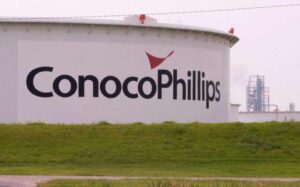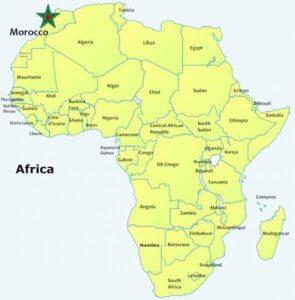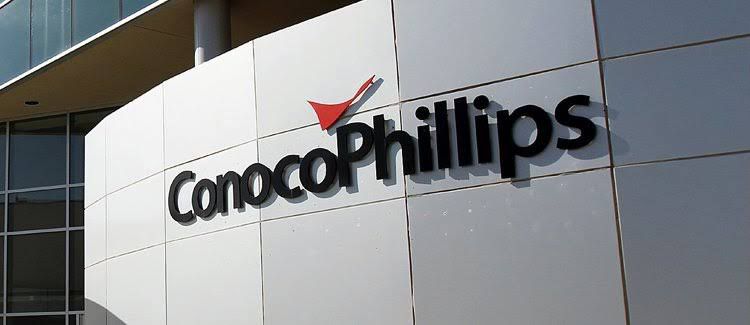 In a document signed by former Minister of Petroleum, Amina Benkhadra, and Director of ConocoPhillips Morocco Ventures (CMV), Anne Coleman, ConocoPhillips has been granted an exploration perimeter in the north of the country.
In a document signed by former Minister of Petroleum, Amina Benkhadra, and Director of ConocoPhillips Morocco Ventures (CMV), Anne Coleman, ConocoPhillips has been granted an exploration perimeter in the north of the country.
The national office of Hydrocarbons and Mines (ONHYM) in Morocco has granted exploration rights in the coastal area of Mesorif, situated in the northern part of the North African country. The local subsidiary of the American company, ConocoPhillips, has a permit that covers two years and is expected to establish a solid database on the 2D potential of the area within the period.
With the aforementioned area already the subject of various discoveries of oil and gas, the company is expected to carry out geological and geophysical studies during the first year, and acquire 2D data during the second year.
In a release on the ONHYM’s website, it reads, “This signature marks a new entry of ConocoPhillips into the Sharifian kingdom since the merger of Conoco and Phillips in 2001. Each of these companies had carried out exploration work in Morocco between 1970 and 2000.”
The Perif-Mesorif Basin
The Mesorif basin is covered by more than 7,400 km of 2D seismic lines and 175 km square of 3D seismic lines. Morocco has over the years been an exploration destination for foreign companies, especially in the regions with under-explored basins. About 38 exploratory wells have already been drilled in the basin. Sedimentary fill is said to consist of more than 6,000m of Mesozoic and Cenozoic sediments overlain by the complex of the nappe is covered by tertiary clastic sediments.
The basin is a hydrocarbon producing one from the last century, the 1930s to 50s. A lot of gas fields were discovered and recent geological investigation and new seismic grid have shown that there is more oil to be discovered in the ground and in places which have not been tested yet, such as old salt structures, sub thrust and overthrust traps.

